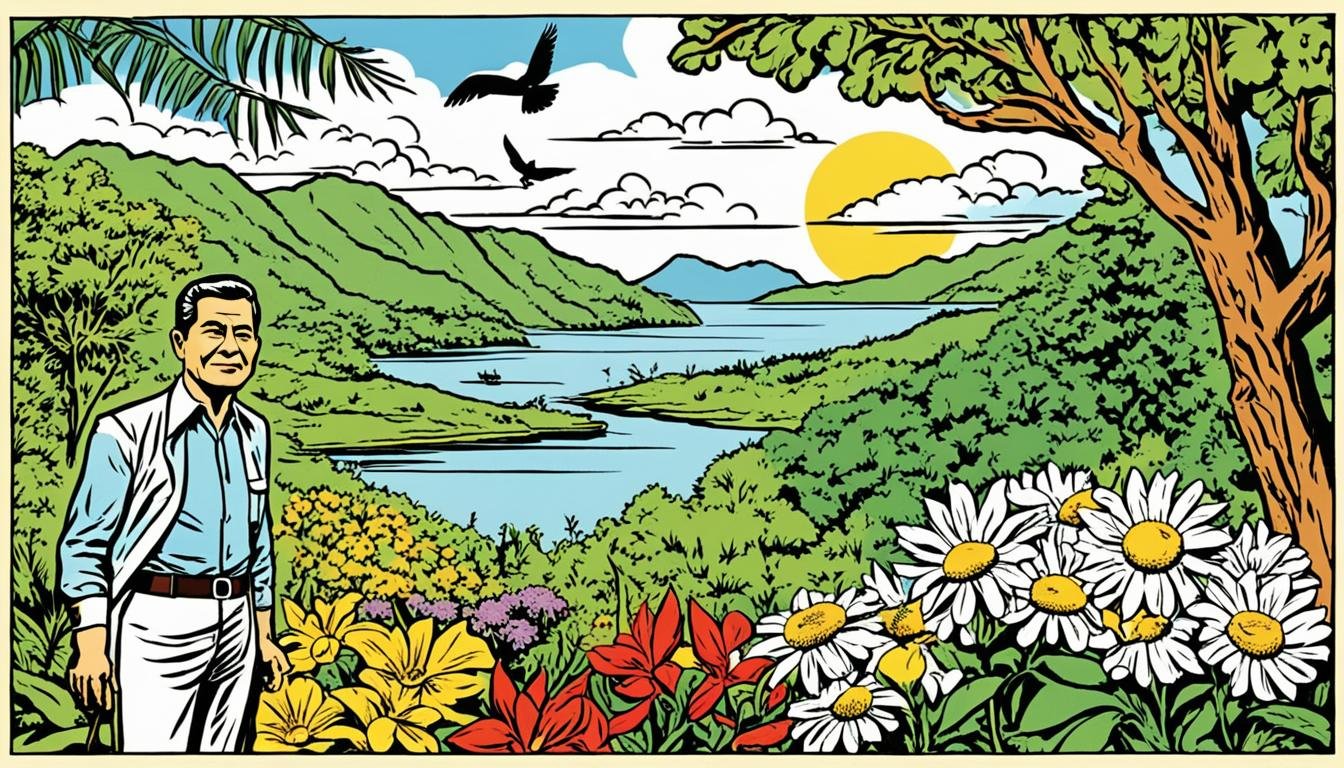The history of the Philippines is a rich tapestry woven from interactions between indigenous peoples and foreign visitors, explorers, and colonizers. Among the most iconic of these encounters is the Sandugo, or blood compact, performed in Bohol in 1565. This ceremony involved Miguel López de Legazpi, the Spanish explorer and conqueror tasked with establishing a permanent…
Tag: Philippine history
The Philippine Commission: Governing Body During American Rule in the Philippines
Following the cessation of major hostilities in the Philippine-American War, the United States faced the complex challenge of establishing a stable civil government in the archipelago. This transition marked a pivotal moment in Philippine history, moving from military rule to a form of civil administration under American authority. At the heart of this administrative structure…
The Friar Lands Conflict: Power, Religion, and Land in Colonial Philippines
The history of the Philippines is deeply intertwined with the land. For centuries, access to and control over arable land has been a source of wealth, power, and conflict. Among the most significant and enduring of these conflicts was the struggle over the vast estates owned by religious orders during the Spanish colonial period –…
The Catholic Church in the Philippines: Navigating the Era of American Rule (1898-1946)
Introduction For over three centuries under Spanish colonial dominion, the Roman Catholic Church held an unparalleled position of power and influence in the Philippines. It was not merely a religious institution but an integral arm of the state, deeply embedded in the political, social, economic, and cultural fabric of the archipelago. Friars served not only…
Public Libraries in the American Colonial Philippines: Literacy, Education, and Cultural Influence
The American colonial period in the Philippines (1898-1946) marked a transformative era, particularly in the realm of public education and access to information. Unlike the Spanish regime, which prioritized religious instruction and limited formal schooling primarily to the elite, the Americans introduced a widespread public school system. Complementing this ambitious educational project was the establishment…
How Sports and Leisure Shaped the American Colonial Philippines (1898-1946)
The period of American rule in the Philippines, spanning from 1898 to 1946, brought about profound transformations across various facets of Filipino life. While political and economic changes are often highlighted, the realm of sports and leisure also underwent a significant evolution, serving not just as recreational outlets but as powerful tools of colonial policy…
Cultural Transformation: How American Rule Reshaped Philippine Society and Identity
Introduction The period of American colonial rule in the Philippines, spanning from 1898 to 1946, marked a pivotal era of rapid and profound cultural transformation. Following centuries under Spanish dominion, the archipelago was thrust into a new global context under American administration. This era wasn’t merely a political transition; it was a period where American…
Building the Philippine Civil Service: American Rule & the Rise of a Bureaucracy
The administration of a state, regardless of its form of government, hinges significantly on the effectiveness and structure of its civil service. This body of non-elected officials is responsible for implementing laws, delivering public services, and maintaining the day-to-day functions of governance. In the context of Philippine history, the development of its modern bureaucracy is…
Building the Modern Philippines: Infrastructure Development Under American Colonial Rule
Introduction Infrastructure development stands as a monumental, and often debated, legacy of the American colonial period in the Philippines (circa 1898-1946). Far from being a passive administrative presence, the American regime actively embarked on a large-scale program to transform the physical landscape of the archipelago. This initiative was not merely about building roads and bridges;…
Emilio Aguinaldo’s Long Retirement: Life and Legacy After 1901
Emilio Aguinaldo, a pivotal figure in Philippine history, is primarily remembered as the leader of the Philippine Revolution against Spain and the first President of the short-lived First Philippine Republic. His presidency, however, was cut short by the outbreak of the Philippine-American War. Following his capture by American forces in 1901, Aguinaldo entered a period…

